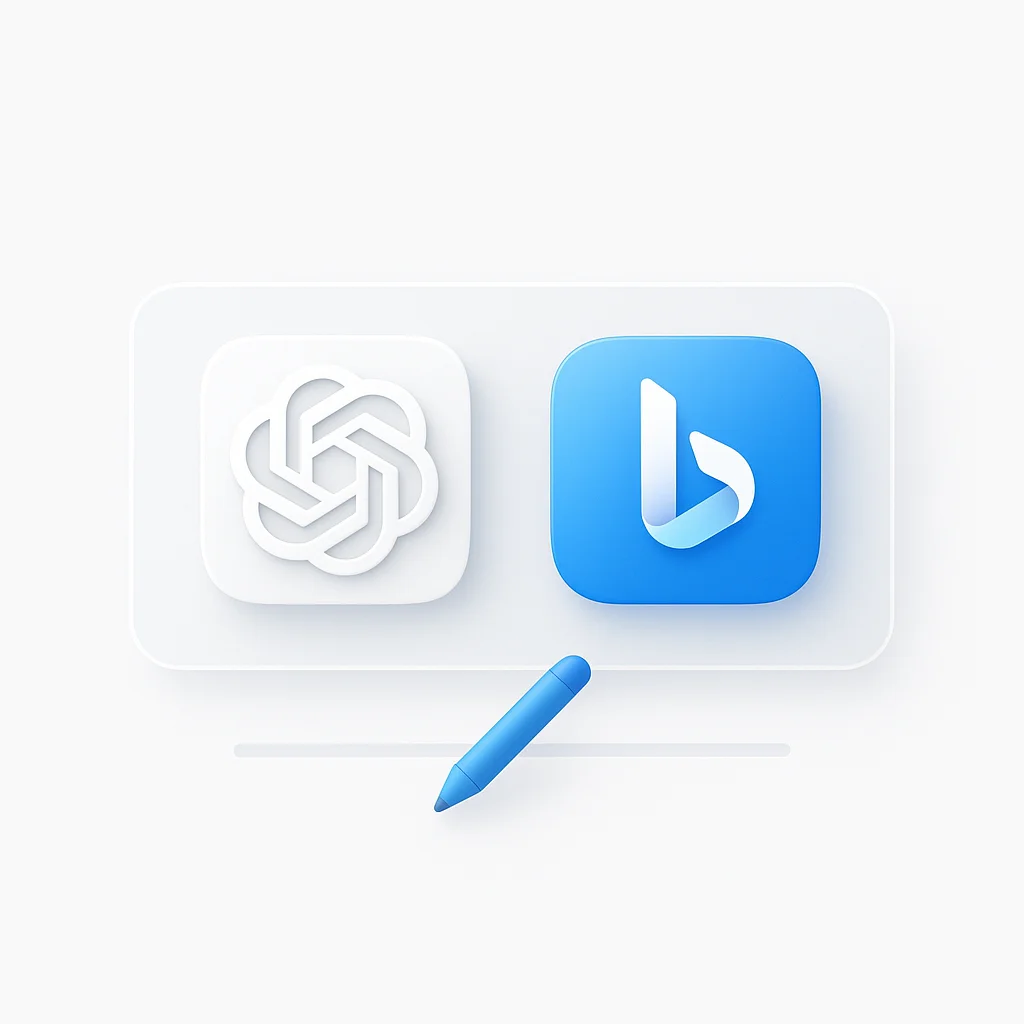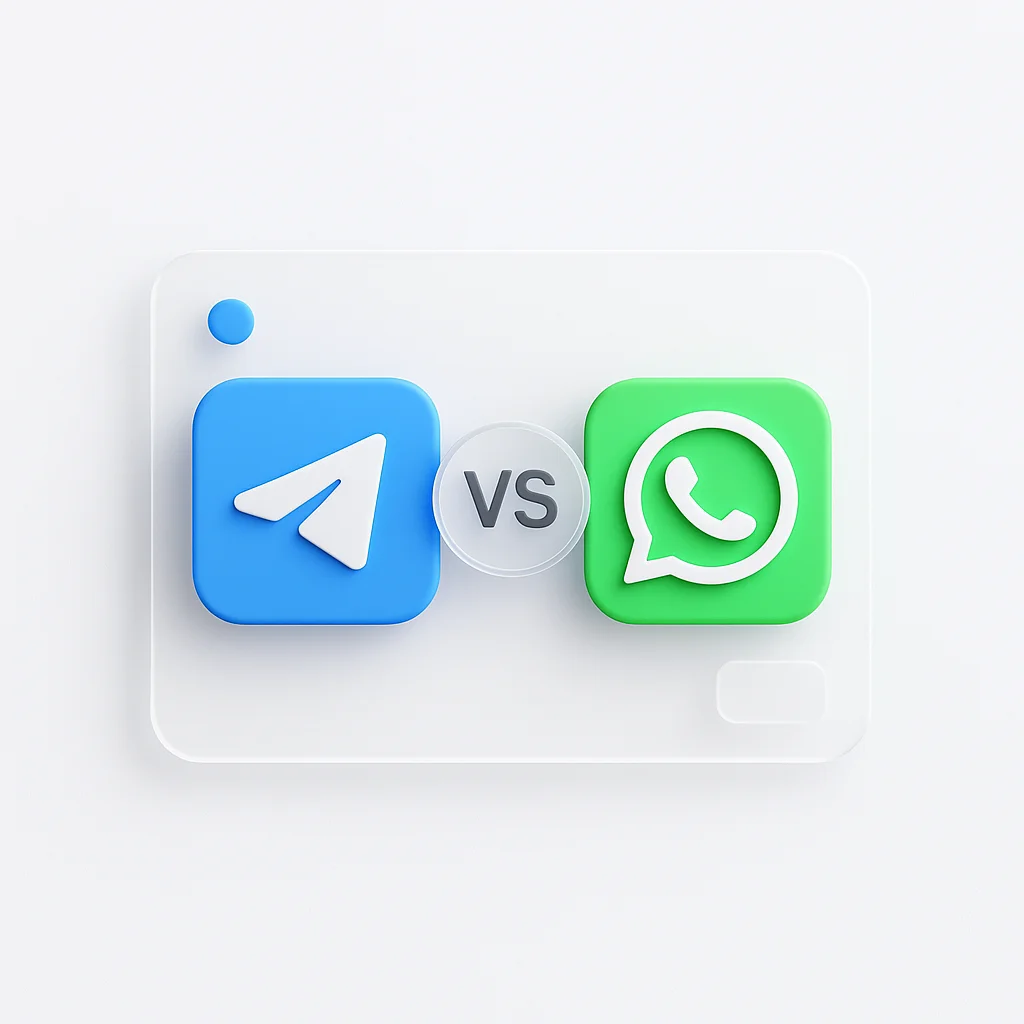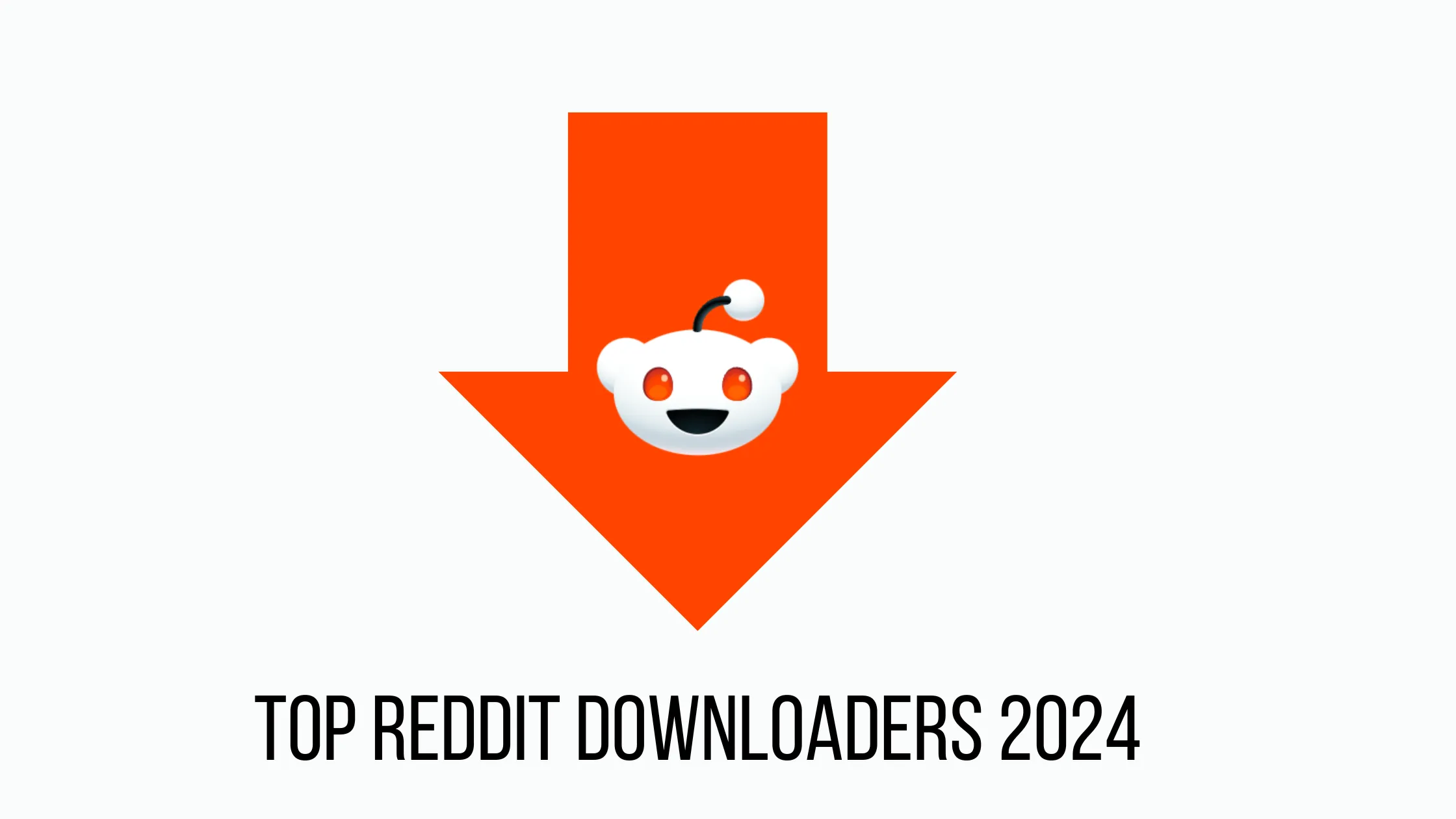In the world of AI-powered writing assistants, two names dominate the conversation: ChatGPT and Microsoft Copilot. It’s a classic showdown between the master of creative prose and the deeply integrated research engine. One promises unparalleled linguistic fluency, while the other offers the power of a live search engine and deep integration into your workflow.
But when the cursor is blinking on a blank page, which AI is the better co-writer? A tool that excels at drafting a marketing slogan might not be the best choice for a research paper. You need the right assistant for your specific writing task.
If you’re looking for even more AI writing options, our comprehensive comparison of Grok vs ChatGPT vs Gemini explores how these three leading AI models stack up across different writing scenarios.
This is the definitive head-to-head comparison. We’ve pushed ChatGPT and Copilot to their limits across the key areas of English writing—creative, professional, academic, and technical—to help you choose your ultimate writing partner.
Quick Verdict: Which AI Should You Use for Writing?
| If You Need the Best AI for... | The Winner Is... | Why It Wins |
|---|---|---|
| Creative & Nuanced Writing (Fiction, Marketing, Storytelling) |
🏆 ChatGPT
(GPT-4o)
|
Unmatched creativity, tonal control, and ability to generate human-like, emotionally resonant text. |
| Research & Academic Writing (Essays, Reports, Summaries) |
🏆 Copilot
(GPT-4o with Bing)
|
Superior real-time data access via Bing Search, with built-in citations and source links for factual accuracy. |
| Professional & Business Writing (Emails, Memos, Presentations) |
🏆 Copilot
(Microsoft 365)
|
Deep integration with Office apps (Word, Outlook) and a formal, structured tone perfect for professional communication. |
| Grammar, Proofreading & Style (Editing and Refining) |
🏆 ChatGPT
(GPT-4o)
|
Excels not just at fixing errors, but at improving flow, rephrasing for clarity, and enhancing overall readability. |
ChatGPT vs Copilot: Full Feature Comparison
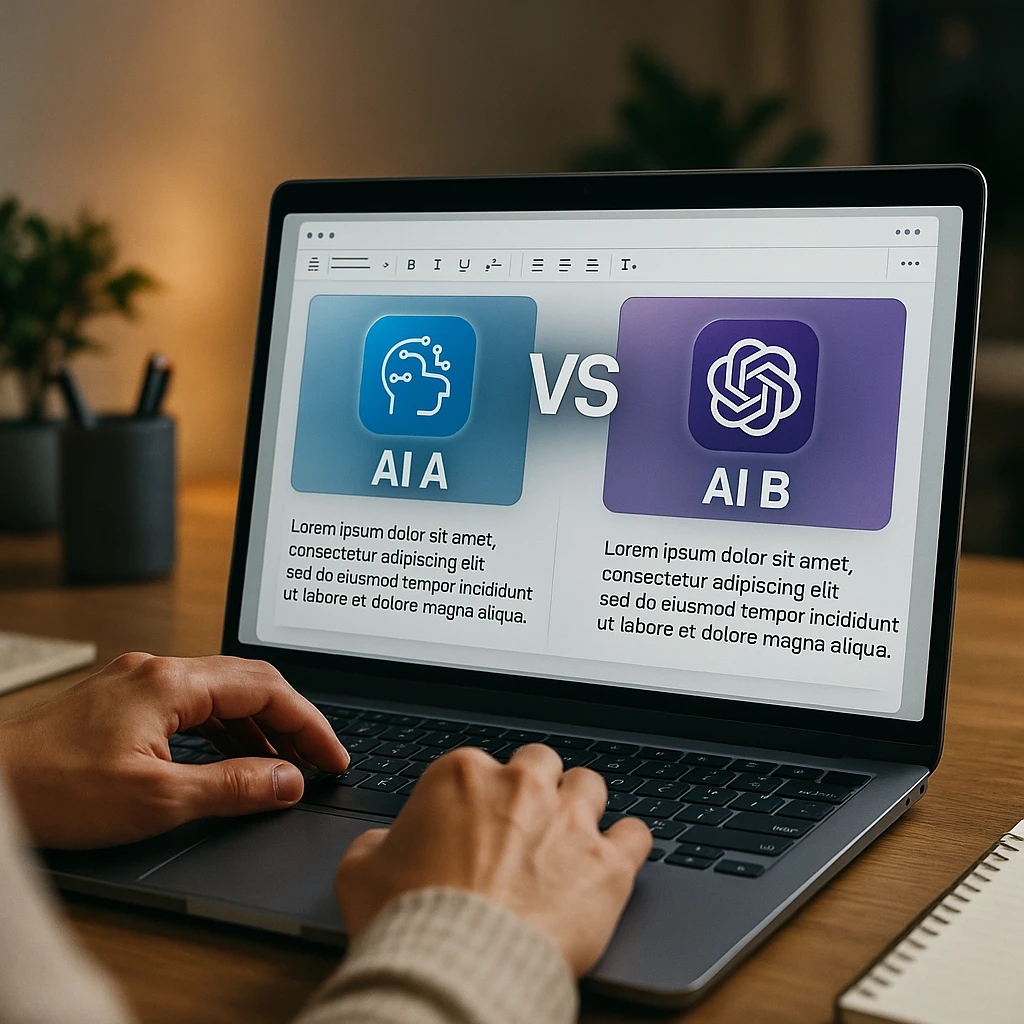
| Feature | ChatGPT | Microsoft Copilot |
|---|---|---|
| Core Model (2025) | GPT-4o | GPT-4o (often customized by Microsoft) |
| Best For | Creative writing, brainstorming, editing, conversation | Research, data-driven writing, business communication |
| Core Strengths | Creativity, fluency, style adaptation, complex reasoning | Real-time web search, source citations, Microsoft 365 integration |
| Real-Time Data | Yes (via web Browse, can be slower) | Yes (fast, native Bing Search integration) |
| Writing Style | Creative, nuanced, highly adaptable, human-like | Structured, formal, informative, often slightly robotic |
| Citations/Sources | Can provide sources if asked, but not by default | Provides source links and citations automatically |
| Pricing (2025) | $20/mo (Plus), $25/mo (Team) | $20/mo (Copilot Pro), included with some Microsoft 365 plans |
| Free Tier | Yes (GPT-3.5, limited GPT-4o) | Yes (ad-supported, access to GPT-4) |
| Integration | Web, iOS, Android, API, plugins | Windows, Edge, Microsoft 365, Web, iOS, Android |
| Unique Features | Custom GPTs, DALL-E 3 image generation, Voice mode | Deep Office integration, Designer (DALL-E 3), Notebook |
The Core Difference: Understanding Each AI’s Writing “Personality”
To choose the right tool, you must understand their fundamental approaches to writing. They are less like competitors and more like two different types of writing specialists.
ChatGPT: The Creative Wordsmith
ChatGPT is a master of language itself. It excels at understanding subtext, tone, and style. Think of it as a creative partner for brainstorming, drafting prose, and refining your message until it sounds perfectly human.
- Natural, conversational fluency
- Adapting to any writing style
- Generating creative and original ideas
- Refining text for clarity and flow
Copilot: The Pragmatic Research Assistant
Copilot's strength lies in its connection to the world's data. It treats writing as a task of assembling and presenting accurate information clearly. Think of it as a research assistant that builds your draft from facts and data.
- Accessing real-time information
- Providing citations and sources
- Structured, logical text generation
- Integration with productivity tools
The Ultimate Showdown: Testing Head-to-Head by Writing Task
We conducted rigorous tests across three critical writing scenarios to see which AI excels where it matters most for English writing.
Round 1: Creative Writing - The Storytelling Test
The Test: We asked each AI to write a short, evocative paragraph to capture a specific mood and setting.
When creating marketing content, many teams rely on ScreenApp’s video-to-PDF converter to transform their video brainstorming sessions into shareable documents for further AI refinement.
📝 Test Prompt
"Write a 100-word paragraph describing a rainy night at a hawker centre in Singapore. Focus on creating a cozy and atmospheric mood."
Winner: ChatGPT - For any writing that requires creativity, mood, or emotional connection, ChatGPT’s superior command of language makes it the clear victor. For content creators looking to streamline their scriptwriting process, ScreenApp’s AI script generator can help transform your creative ideas into polished, professionally formatted scripts that complement your AI writing workflow. Similarly, professionals can leverage chat gpt resume prompts to craft tailored, impactful resumes that stand out to recruiters.
Round 2: Business Writing - The Professional Email Test
The Test: We prompted each AI to draft a clear, professional follow-up email to a potential client.
💻 Test Prompt
"Draft a 150-word follow-up email to a potential client after a discovery call. Be professional, summarize key discussion points, and outline the next steps."
Winner: Copilot - For structured business communication where clarity, professionalism, and format are key, Copilot’s pragmatic approach produces more reliable results out of the box. Business writing often involves emails, reports, and presentations that must be concise yet persuasive. Beyond what AI tools can generate, many professionals also turn to powerpoint presentation service to ensure their decks are structured, polished, and tailored for impact. For specialized industries like financial technology, fintech software development teams often rely on AI writing tools to create technical documentation, API guides, and user manuals that require both precision and clarity.
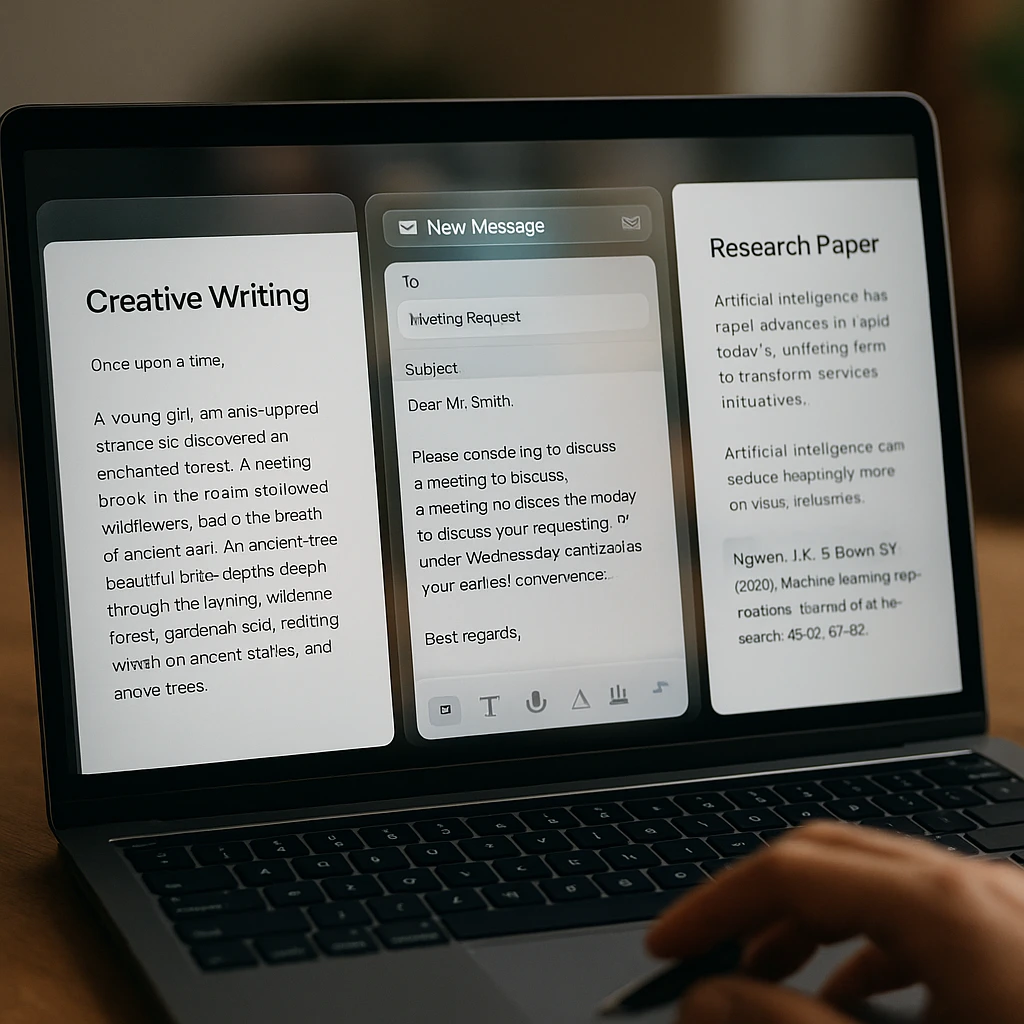
Round 3: Academic Writing - The Research Summary Test
The Test: We asked each AI to summarize a complex topic, requiring up-to-date information and citations.
🔍 Test Prompt
"Summarize the key impacts of Large Language Models (LLMs) on the future of education, citing at least two recent sources from 2024 or 2025."
Winner: Copilot - For any writing that relies on factual accuracy, research, and evidence, Copilot’s native search and citation capabilities are indispensable.
For researchers working with recorded interviews or lectures, ScreenApp’s transcript summarizer can extract key insights and create structured summaries that pair perfectly with AI writing tools for academic work.
When it comes to capturing and analyzing real-time conversations for research, ScreenApp’s AI Summarizer can help you process key insights from recorded lectures or interviews, complementing these AI writing tools.
The “Other” Contenders: Specialized Writing Tools
While ChatGPT and Copilot are great generalists, specialized tools can sometimes outperform them on specific tasks. To maximize your results with any AI writing assistant, learning how to ask AI effective questions can dramatically improve the quality and relevance of your outputs.
Grammarly
Grammar ExpertBest for: Advanced grammar correction, plagiarism checking, and style suggestions. It's a dedicated proofreader that integrates everywhere. For more writing enhancement options, explore our guide to the [top AI paraphrasing tools](/blog/top-ai-paraphrasing-tools) available today.
Jasper AI
Marketing GuruBest for: Marketing and sales copy. It has thousands of templates designed specifically for creating high-converting content for blogs, ads, and social media.
Claude 3.5 Sonnet
Document AnalystBest for: Working with very long documents. It can summarize, analyze, and answer questions about entire books, research papers, or legal contracts.
Pricing & Access in 2025: A Quick Comparison
| AI Platform | Free Tier | Paid Plans | Best For |
|---|---|---|---|
| ChatGPT | Generous access to GPT-4o with limits | $20/month (Plus) for higher limits, plugins, DALL-E 3 | Individuals and creatives needing top-tier writing |
| Microsoft Copilot | Generous access via Bing, often with ads | $20/month (Pro) for priority access, faster performance | Users in the Microsoft ecosystem, researchers |
For teams looking to enhance their collaboration, ScreenApp’s meeting recorder integrates seamlessly with these AI tools to capture, transcribe, and turn your spoken ideas into polished written documents.
Frequently Asked Questions
No. While Copilot uses OpenAI's GPT models as its foundation, Microsoft heavily customizes it. The key difference is the deep integration with Bing Search, which gives Copilot real-time data access and source citation capabilities that are more native and robust than ChatGPT's web Browse feature. Note that this is different from GitHub Copilot, which focuses on code completion—learn more about the differences in our [Microsoft Copilot vs GitHub Copilot comparison](/blog/microsoft-copilot-vs-github-copilot).
ChatGPT is often better for non-native speakers. Its strength lies in improving fluency, rephrasing sentences to sound more natural, and explaining nuances of the English language. Copilot is good for factual correctness, but ChatGPT is superior for mastering the flow and style of English.
If you have a Microsoft 365 subscription with Copilot, you can grant it permission to access your documents, emails, and calendar data. This is a powerful feature for summarizing meetings or drafting replies based on email content, but you have full control over these permissions.
Copilot is generally safer for avoiding plagiarism because its default behavior is to provide sources for the information it presents. This encourages proper citation and fact-checking. While ChatGPT can be used ethically, its lack of automatic citations requires more diligence from the user to verify information and avoid unintentional plagiarism.
Absolutely. This is the "power user" workflow. Use Copilot for the initial research, data gathering, and outlining phase. Then, take that structured draft to ChatGPT for the creative writing and polishing phase to add nuance, improve flow, and refine the tone.
Conclusion: The Right AI Writer for the Right Task
In the 2025 showdown between ChatGPT and Copilot, the winner is clear: it depends entirely on the type of writing you’re doing. There is no single “best” tool, only the right tool for the job.
The smart writer in 2025 doesn’t choose one over the other. They build a versatile toolkit:
- Use Copilot when: Your writing needs to be factual, structured, and supported by evidence. Think research papers, business reports, and professional emails.
- Use ChatGPT when: Your writing needs to be creative, persuasive, and emotionally resonant. Think marketing copy, fiction, blog posts, and refining your final draft for style.
Final Recommendations:
- Start with ChatGPT for its versatility and superior creative abilities.
- Add Copilot to your workflow for any task that requires research and citations.
- Combine both: Use Copilot for research and structure, then use ChatGPT to bring the text to life.
Which AI has become your go-to writing assistant? Share your winner for each category in the comments below!
For more insights into leveraging AI for your specific writing needs, check out our comprehensive guide on how to write an objective summary, which covers techniques that work beautifully with both ChatGPT and Copilot for academic and professional writing.
